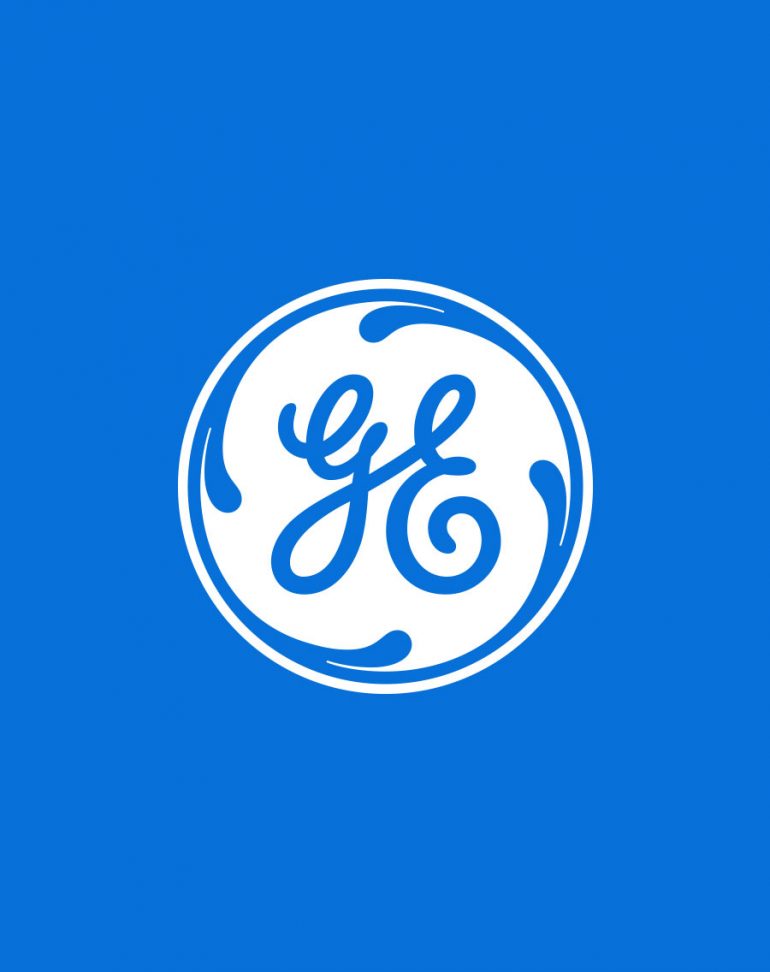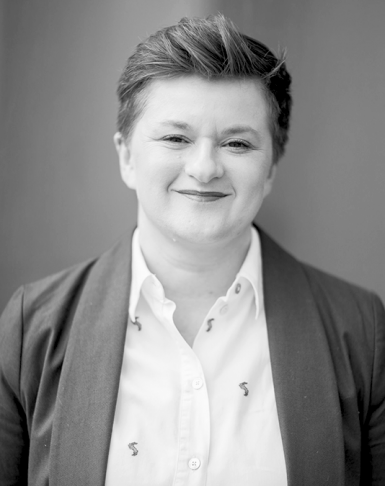In SMPL Q+A, we interview Siegel+Gale practitioners on all things relevant to branding, design and simplicity. Here our former Senior Director of Strategy Britt Bulla + GE’s Head of Global Marketing Zara Mirza share how to discover a purpose that sticks, how we crafted GE’s new brand purpose and some of the key tenets for successfully unlocking purpose at your organization.
Often people have different ideas about what a purpose is or means. How do you define an organization’s purpose?
Britt Bulla: At Siegel+Gale, we think of purpose as an idea that drives action. It’s an idea that dictates the difference you’re going to make in the world as an organization and how you are going to behave because of it. The notion of purpose has gone beyond just what you stand for, but how you stand for and how you will impact the world at large.
When we help our clients determine their purpose, we look at the nexus of what they do better than anyone else, plus what does the world need that they can provide and what change do you want to make in the world. Where those three things overlap is where we find the seeds of purpose.
Zara Mirza: The new GE Purpose is, “We rise to the challenge of building a world that works.” We developed this purpose with Siegel+Gale pre-COVID, but it came to life and action during the pandemic. The “we” refers to our people at GE, our customers, our partners and our business units. GE spans a variety of businesses in energy, aviation, healthcare and digital. Starting with a purpose that can speak to all of those different stakeholders was vital to us.
As lockdown began, we had employees on the frontline who were going into work and either pivoting their jobs to make ventilators or doubling down to continue to power the grid on behalf of our customers. For me, “rising to the challenge” captures the grit, passion and commitment in GE’s DNA and sets us apart.
GE is an engineering company; we’re builders, innovators and creators. The term “building” is significant to us and grounds us in what we do. And a “world that works” is hugely aspirational. It’s this continuous searching for the answers to tomorrow’s challenges. When these elements come together, it’s a memorable, impactful purpose that’s ownable to GE but open enough that as an individual, you can imbue it with your own meaning, whether you work at a corporate function like me or in one of our businesses.
BB: When we started working with GE, the remit was larger. In addition to purpose, we were also considering the new tagline, new campaign and how it would be launched to employees. When we took this on, we were thinking about all four things at the same time. We had to start with the north star, which was indeed the purpose.
What role does research play?
BB: Purpose can be emotional, but it also has to be built on facts. We were intentional that we were building from a place of truth. We ensured that we engaged executive leadership from all the GE businesses to understand where they want to take their business units and GE in general from an ambition point of view. As a core part of this process, we also involved the rising leaders from across the company. At the same time, we did a quantitative study of over 2,000 customers and prospects that identified what drove preference for GE over other brands. And then we kept checking in with customers, both at the start and during the journey, so that we understood what the ideal partner would be in their minds and how GE could and has risen to that ideal.
ZM: For me, the customer piece was so important. We almost didn’t do it because it slows down your timeline and requires a lot of work as a client to coordinate across our different businesses. But it gave us such credibility in our ultimate recommendation. With GE committed to being a customer-focused company, having that external voice helped shape our purpose and our campaign’s tone. I still use those data points today as we continue to develop new executions of our purpose.
Why is tension necessary in the process?
BB: There are two ways to do this. One is to close it off and put people in strict lanes. The other is to let us be a little bit in everyone else’s kitchen. The latter invites tension, but that’s ok because you have to have a degree of discomfort for good, powerful ideas. The notion of “rising to the challenge,” for example, was initially a little uncomfortable because discussing challenges could be perceived as negative. But after a fair amount of back and forth with each other, we agreed that GE exists for rising and running toward the challenge. And it’s because we were holding ourselves to the market tension that we were able to do that.
We also made sure that we were pushing before we started to wordsmith and polish, which was key. If we began to wordsmith from day one, we would have ended up in a lower common denominator place. Therefore, we didn’t resort to polishing the terms; we kept to the big ideas. Lastly, especially around a big table in a big organization with many opinions, you can get a little weary of the back and forth and the different ways people might want you to do it differently. But you cannot give up. It’s about perseverance and keeping your shoulder to the wheel.
ZM: The other thing regarding tension is you as a client also have the tension of your company’s operating rhythm. The business is still running and delivering quarter by quarter. No one is stopping and waiting for you to figure out the company’s purpose.
It’s about how you can integrate purpose and the launch of purpose into your company’s existing momentum. It’s about finding opportunities to execute. That was a unique tension I had on the client-side. You are accountable for delivering, executing and continuing to build understanding and adoption company-wide.


